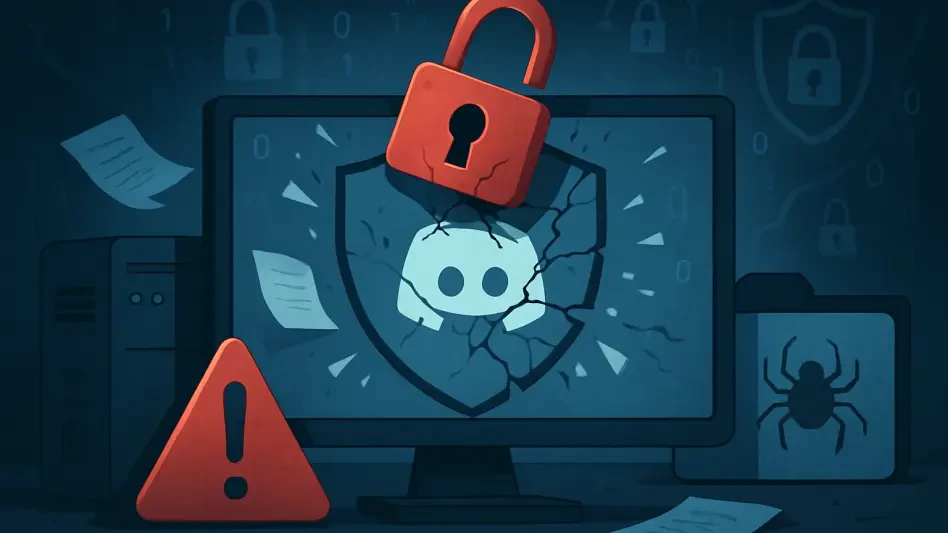World Password Day, observed on the first Thursday of May, underscores the critical importance of addressing password security issues that have become increasingly prevalent in today’s digital age. Despite constant reminders about the risks of poor password security habits, a significant number of individuals continue to engage in the perilous practice of reusing passwords across multiple online accounts. This inclination towards convenience rather than security poses a substantial threat, as evidenced by statistics revealing that a large portion of the population remains unaware of the potential risks. In this context, reusing passwords not only jeopardizes a single account but also poses a broader danger to an individual’s entire digital presence, making them susceptible to cyber threats.
The Domino Effect of Compromised Passwords
The phenomenon of password reuse breeds the ‘domino effect,’ where one compromised password can have cascading consequences across various facets of an individual’s digital life. When a password becomes compromised, it often serves as a gateway not only to the original account but also to a multitude of other platforms where the same password may be in use. This interconnected vulnerability can result in severe repercussions like identity theft and financial fraud, leading to unauthorized transactions and incalculable emotional distress. Research highlights the gravity of password reuse, indicating that many individuals repetitively use the same passwords across multiple accounts, inadvertently paving the way for widespread cyber exploitation.
Such practices can swiftly escalate into a prize for cybercriminals, who often exploit this vulnerability to access sensitive personal information. Reports indicate that the typical reused password is used across five accounts. However, the situation is even more alarming for the one-fifth of respondents who rely on the same password for ten or more accounts. This habitual oversimplification of password management further accentuates the need for defense measures that can curtail these vulnerabilities. In essence, this domino effect reflects an urgent call to heighten password management and cultivate awareness about the severe risks posed by negligent online practices.
Generational Trends and AI Threats
Understanding the behavior of different generations reveals substantial insights into password security practices, debunking the myth that poor password habits are confined to specific age groups. Curiously, both Gen Z, known for their technological savviness, and Baby Boomers, who often maintain numerous online accounts, show tendencies toward password reuse. The habitual reliance on simple and repeated passwords underscores a growing concern that spans across generational divides. This indicates that young tech enthusiasts and older, more traditional users are equally susceptible to password reuse, necessitating cybersecurity enhancements across all demographics.
Artificial intelligence (AI) further complicates password security by significantly elevating the sophistication of cyber threats. With AI-grade hardware now at the forefront of cybersecurity breaches, even complex passwords can rapidly fall prey to such advances. The rise of AI in password-breaking has transformed an eight-character password, even when comprised of various letters and numbers, from something believed to be secure into a vulnerability. In just over three weeks, an AI system can crack these passwords, drastically reducing the assumed safety nets once provided by password complexity. Hive Systems’ findings reveal that consumer-grade GPUs have necessitated a reevaluation of cybersecurity practices due to their rapid improvement in cracking passwords, emphasizing an urgent need for multi-level defense strategies.
Overlooked Factors Beyond Password Complexity
While the simplicity of passwords often draws much attention, other underestimated contributors to security vulnerabilities play an equally pivotal role. Poor security practices, such as failing to update passwords regularly or relying on common password bases, exacerbate the threat. Despite organizations implementing stringent security policies, many employees continue to use predictable patterns like “admin” or “password,” exposing not just themselves but also their entire organizational infrastructure to breaches. Spear phishing attacks further compound this issue, as they trick users into divulging credentials through deceptive emails and fake domains.
Global initiatives like World Password Day are critical in nurturing awareness and reinforcing improved password practices. By spotlighting cybersecurity best practices across sectors, these campaigns embolden companies and individuals to reassess their digital habits. Educating users on potential threats and proper password management can significantly fortify defenses against breaches. The initiative advocates for businesses and individuals alike to employ comprehensive password policies that transcend mere complexity to include proactive awareness and prevention strategies. This comprehensive approach to cybersecurity necessitates an ongoing commitment to educating and empowering users, equipping them with the knowledge required to protect themselves from evolving threats.
Solutions for Better Password Management
As the digital landscape unceasingly evolves, so too must the strategies for enhancing password security. Implementing password managers emerges as a practical solution, offering users an effortless way to generate and oversee strong, unique passwords for various accounts. Besides simplifying password management, these tools significantly lessen the probability of password reuse. Furthermore, deploying multi-factor authentication (MFA) remains a critical tactic to mitigate risks. When resistant to phishing, MFA provides an additional assurance layer, thereby fortifying conventional password protection by ensuring account access only after multiple verification steps.
Alongside these technological solutions, individuals are encouraged to adopt password creation techniques that inherently enhance security. Passwords of considerable length—ideally 20 characters or more—serve as formidable challenges to hackers, leveraging an inherent complexity not easily overcome by brute force attacks. This strategic application of length over complexity proves indispensable, even as attack methods evolve. Human elements of security are addressed, stressing that the gravest security threat often arises from users inadvertently disclosing passwords rather than technical weaknesses. Caution and vigilance, therefore, emerge as irreplaceable components in maintaining robust password security.
A Proactive Approach to Password Security
Password reuse leads to a ‘domino effect,’ where one compromised password can expose different aspects of an individual’s digital world. When a password is hacked, it can grant access not only to the initial account but also to various others where the same password might be reused. This vulnerability can lead to significant problems like identity theft, financial fraud, unauthorized purchases, and immense emotional turmoil. Studies underline the seriousness of password reuse, revealing that many people use the same passwords for multiple accounts, inadvertently enabling cyber exploitation.
Such practices become a goldmine for hackers, who prey on this weakness to steal sensitive data. Data shows that a typical reused password is found across five accounts, and alarmingly, twenty percent of users use the same password for ten or more accounts. This simplification in managing passwords highlights an urgent need for better security strategies to mitigate these risks. Fundamentally, this domino effect demands improved password management and increased awareness of the dangers posed by careless online behavior.








